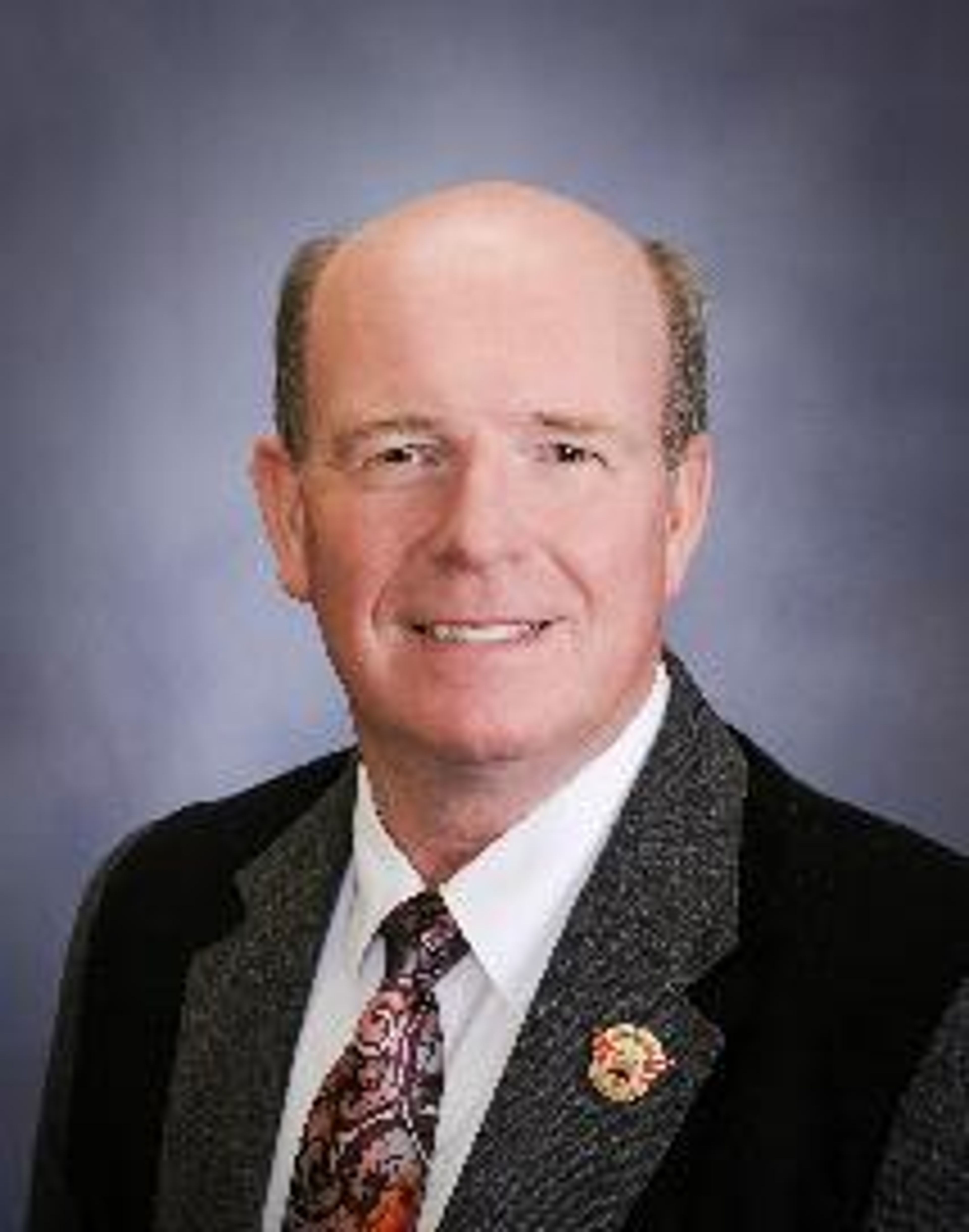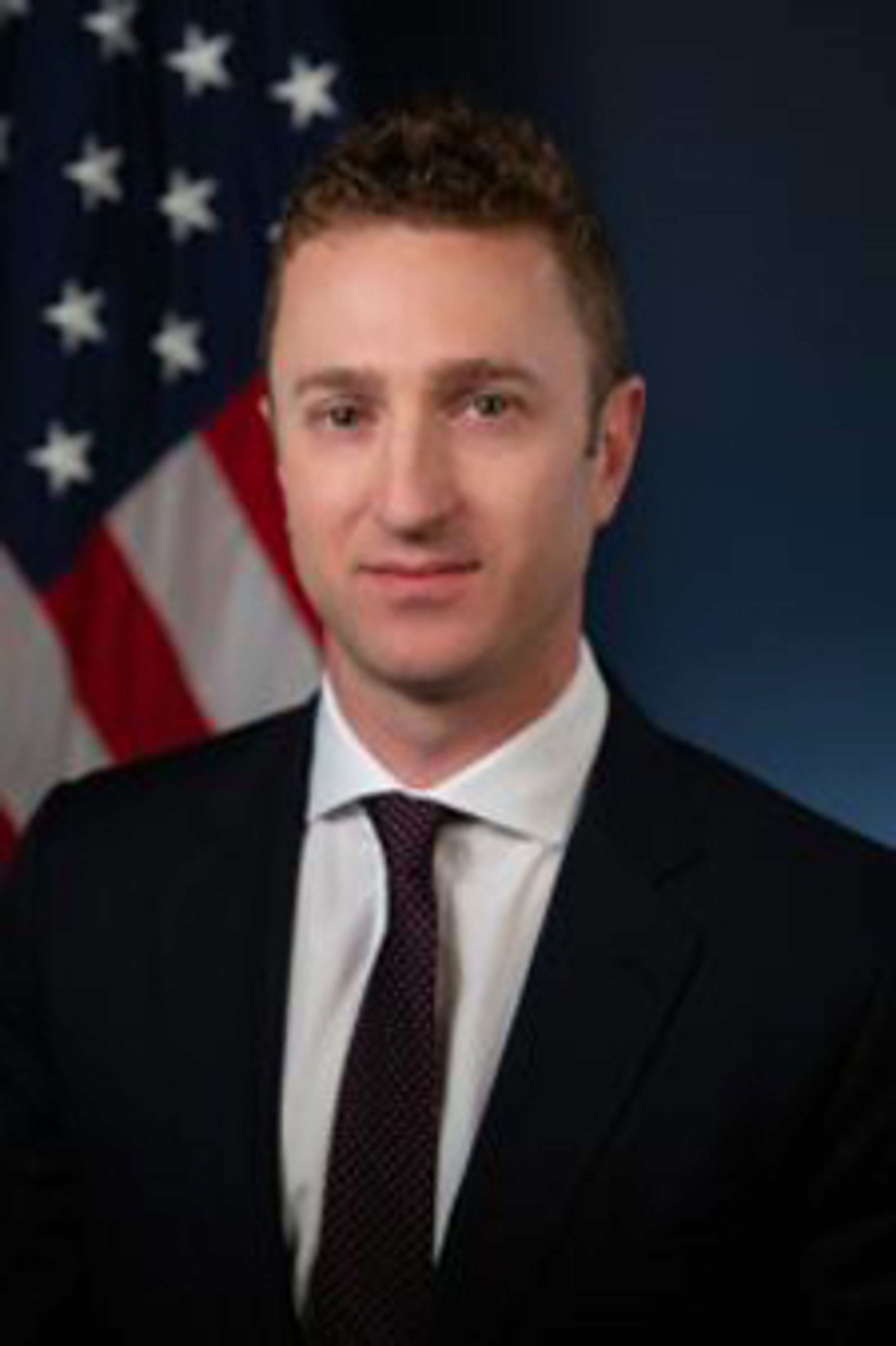Widening has meant fewer accidents, more alcohol-related incidents
Pullman-MOSCOW Highway
There was once a time driving the seven-mile stretch from Moscow to Pullman was a dangerous task.
The drive has become much safer since the 2007 widening of the Pullman -Moscow Highway, also known as State Route 270.
According to figures provided by the Washington State Department of Transportation, there has been a sharp decline in the number of collisions on the highway and only one fatality since the project was completed in late October 2007.
Despite the decline in overall collisions on the highway, however, alcohol-related incidents have increased.
Before the project began, the highway offered two lanes separated by a broken yellow line to be crossed only by those daring enough to attempt to pass another vehicle.
Now, the five-lane highway offers two lanes for motorists heading both eastbound and westbound and a 14-foot turning lane separating the two flows of traffic.
WSDOT Public Information Officer Al Gilson said during the three-year span from July 1, 2003, to June 30, 2006, the roadway had 120 collisions, or an average of about one every nine days. Gilson said the same three-year span saw three serious injuries or instances in which an individual was unable leave the scene on his or her own accord.
After the highway was widened, from November 2007 to November 2014, a seven-year span, there were 87 collisions, averaging about one every 29 days, and four serious injuries.
"We can definitely attribute that to the road," Whitman County Sheriff Brett Myers said.
Myers said before the highway was re-engineered "it seemed like there was an average of one fatality per year" on the busy roadway.
According to a Daily News article citing WSDOT documents, eight people died in 830 collisions on the highway from 1990 to 2000.
Then, in just six months, from January to June of 2001 five more people died in traffic collisions on the stretch of road, including an incident that gained national attention. That wreck involved four vehicles and killed three Washington State University students after a drunk driver, Frederick Russell, attempted an illegal pass on the highway.
In early October 2003, a Moscow man died on the highway when a drunk driver struck his motorcycle as he turned eastbound on the highway from Airport Road.
According to figures from WSDOT, drunk driving incidents on the Moscow-Pullman Highway have actually increased since the 2003 fatality.
From July 2003 to June 2006 nine collisions were alcohol-related. The number jumped to 14 between November 2007 and October 2010, and between November 2010 to October 2013, 22 collisions were caused from drinking and driving, according to the figures. Between November 2013 and November 2014, figures from WSDOT indicate there were no alcohol-related collisions on the highway.
Myers said despite the increase in alcohol-related collisions he doesn't believe more people are actually driving drunk on SR 270. Rather, he believes more drivers under the influence are suffering the repercussions of their actions.
Myers said the college culture that's rooted deep in both Moscow and Pullman is definitely a contributing factor to alcohol-related accidents on the highway and throughout the Palouse.
"Engineering a road doesn't change the culture of an environment," Myers said.
Josh Babcock can be reached at (208) 883-4630, or by email to jbabcock@dnews.com.









